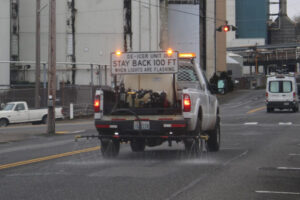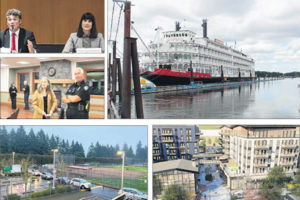Poor Butte County, California, again on fire, its smoke choking the air of states miles away.
Nestled in the Northern Sierras, Butte County is home to Chico State University, Sierra Nevada Brewing Co., and portions of two national forests. Almost half its 220,000 residents live in metro Chico. Over the past four years, the county has now become known for the wildfires that keep coming back.
This summer, the Dixie Fire torched more than 559,000 acres of pine, cedar and fir, 1,000 homes and pushed deep into neighboring Plumas County.
Last year, the lightning-ignited Bear Fire merged with others to become the 318,000-acre North Complex fire. It killed 16, injured 100 and burned up several towns.
In 2018, the 150,000-acre Camp Fire proved a holocaust: 85 people died, the town of Paradise famously was engulfed in flames, and more than 18,000 structures burned. It was the deadliest and most destructive inferno in California history.


